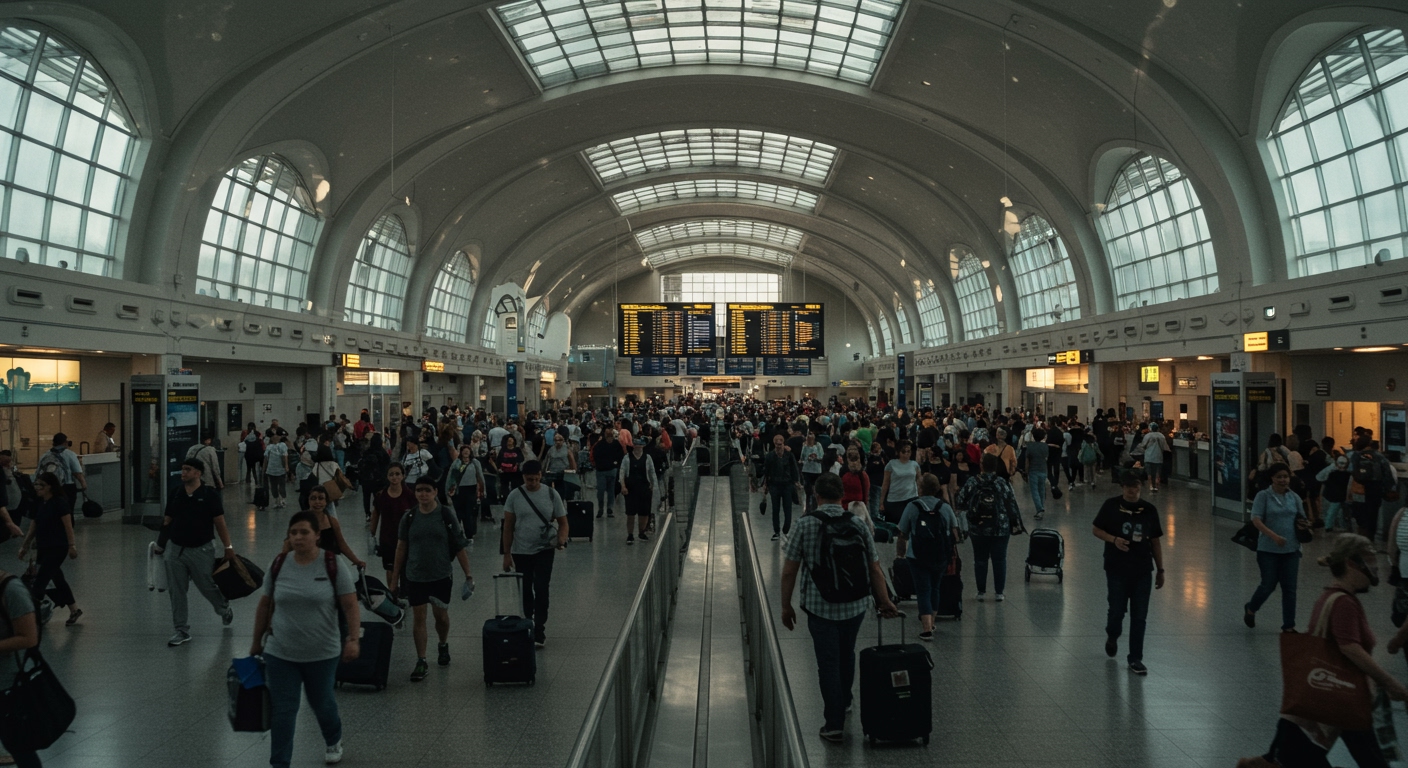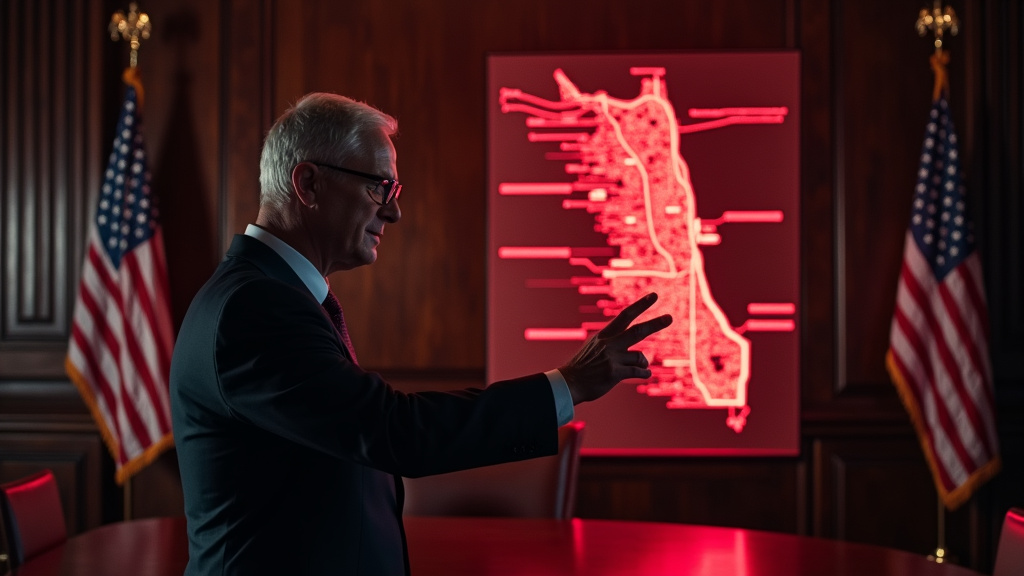CHICAGO – As the United States prepares to observe its Independence Day, Chicago’s two major airports, O’Hare International (ORD) and Midway International (MDW), are bracing for a significant surge in passenger traffic. Officials project that more than 1.86 million travelers will pass through their terminals over the upcoming six-day period centered around the Fourth of July holiday.
This anticipated volume represents a notable 11% increase compared to the same holiday travel period in the previous year, underscoring a robust return to air travel demand. The Chicago Department of Aviation (CDA) released these projections, highlighting the operational challenges and preparations underway to manage the influx.
Traffic Projections and Historical Comparisons
O’Hare International Airport, one of the world’s busiest air hubs, is expected to handle the vast majority of this holiday traffic. Projections indicate approximately 1.54 million passengers will utilize O’Hare during the designated six-day window. This figure marks an 11% rise specifically compared to O’Hare’s traffic during the 2024 July 4th period and a 9% increase when measured against pre-pandemic levels in 2019, signaling not just a recovery but growth beyond historical benchmarks.
Midway International Airport is also expected to experience elevated activity, contributing to the overall regional total. While the CDA’s released data focused heavily on O’Hare’s volume due to its scale, the combined projection underscores the significant operational tempo anticipated across Chicago’s aviation network.
Peak Travel Periods and Operational Readiness
Authorities have identified Sunday as the projected busiest travel day at O’Hare International Airport. On this single day, more than 300,000 passengers are expected to move through the airport, presenting a substantial logistical challenge for airlines, airport services, and security personnel.
Chicago Mayor Brandon Johnson commented on the city’s preparedness for the holiday crowds. “Chicago is ready to welcome travelers from across the country and the world as they visit our city for the Fourth of July weekend,” Mayor Johnson stated, emphasizing the efforts being made to ensure a smooth experience despite the high volume.
Airport and city officials are coordinating closely with airlines, the Transportation Security Administration (TSA), and other partners to streamline operations, manage security lines, and facilitate passenger movement. However, the sheer volume of travelers suggests that passengers should anticipate longer wait times, particularly during peak hours on the busiest days.
Navigating Ground Transportation Challenges
For travelers accessing O’Hare by road, officials issued a strong advisory regarding potential delays. Significant Kennedy Expressway construction is currently underway and is in its final phase, impacting traffic flow to and from the airport. This ongoing infrastructure project is expected to cause congestion, potentially adding considerable time to commutes.
Given these anticipated road conditions, the Chicago Department of Aviation and city officials are strongly advising travelers to utilize public transportation options to mitigate congestion and ensure timely arrival for flights. The CTA Blue Line offers a direct and cost-effective rail connection between the Loop and O’Hare, operating 24/7. Similarly, Metra train services provide alternative rail access, particularly from suburban areas. Opting for public transit or ride-sharing services with dedicated airport drop-off/pick-up points is recommended over driving and parking personal vehicles at the airport during this busy period.
Planning for a Seamless Journey
To navigate the holiday rush successfully, travelers are encouraged to plan ahead. This includes checking flight statuses in advance, arriving at the airport well before scheduled departure times (typically two to three hours for domestic flights and three hours for international flights), and being prepared for security screening by understanding current TSA guidelines.
Packing essentials accessibly, utilizing mobile boarding passes, and staying informed about potential weather delays can further contribute to a smoother travel experience. Despite the high numbers, airport authorities and their partners are working diligently to manage the increased volume and ensure passenger safety and efficiency.
The projected nearly 2 million travelers underscore the enduring appeal of air travel for holiday weekends and highlight the critical role Chicago’s airports play in the national transportation network. While the surge presents challenges, proactive planning by both passengers and airport operators aims to make the July Fourth holiday travel period as manageable as possible.











